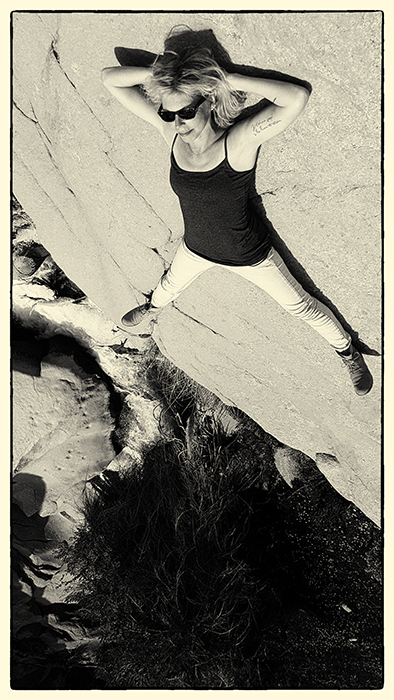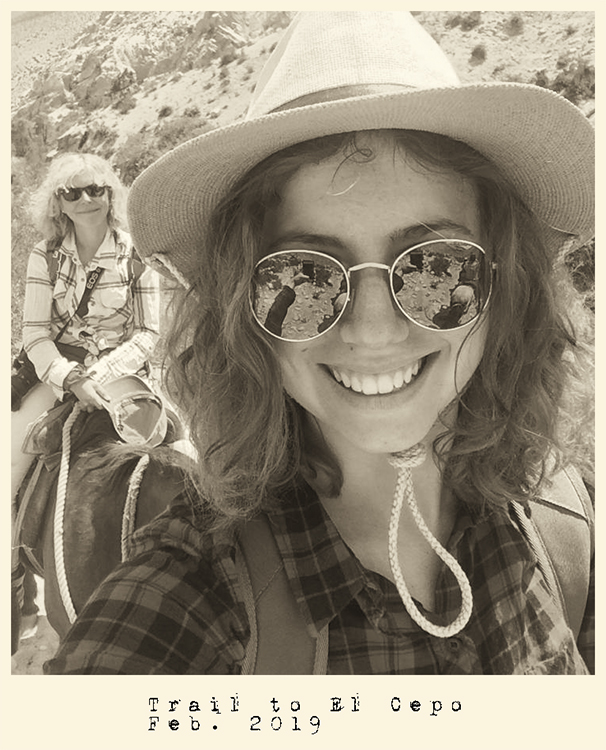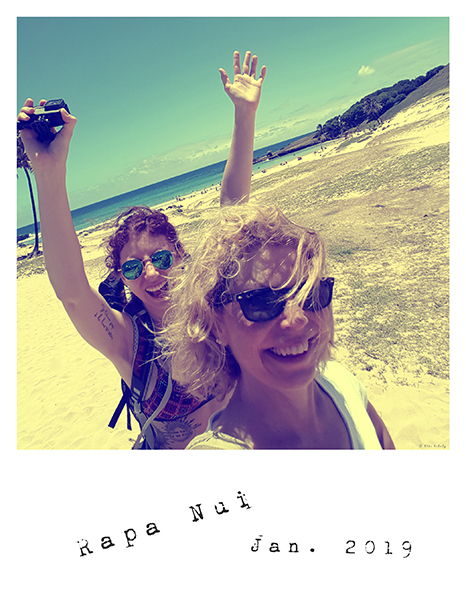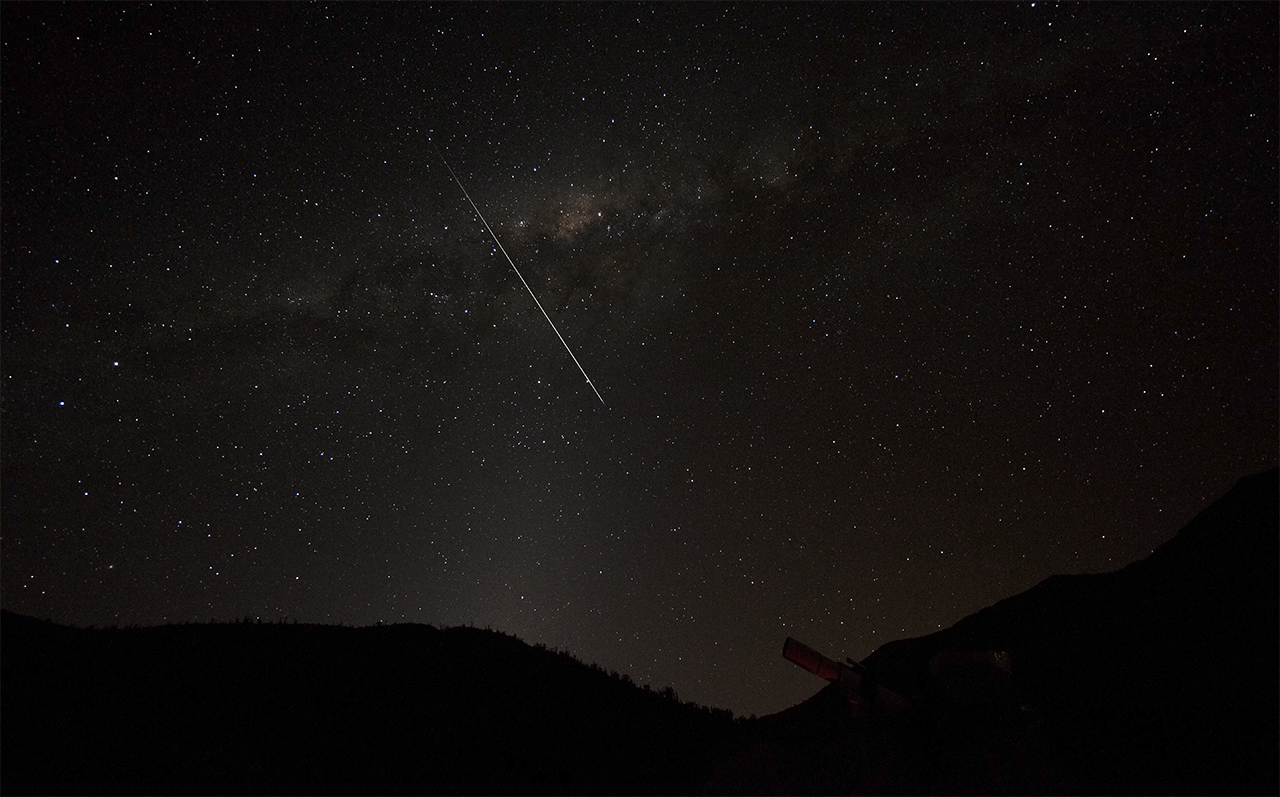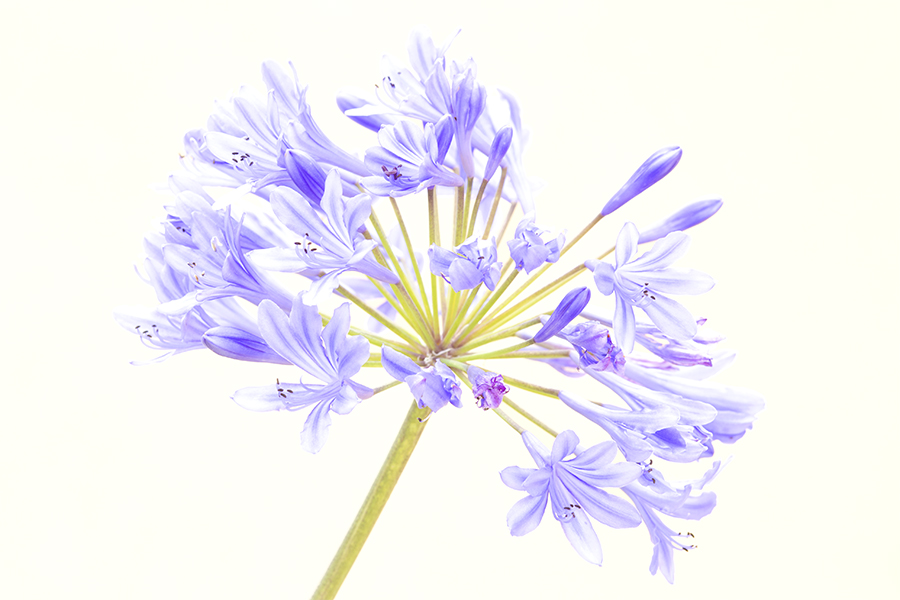Jewels of the Southern Sky
This beautiful nightscape above the derelict church of Serón features many of the well-known objects of the southern sky: the bright stars Alpha and Beta Centauri, the Southern Cross, the Coalsack Nebula, the Magellanic Clouds as well as the globular clusters Omega Centauri and 47 TUC.
Rodeo in Pichasca
Rodeos in Chile differ markedly from those in the US. In Chilean rodeo, a team consisting of two riders and two horses ride laps around an arena trying to stop a calf, pinning it against large cushions. Only if they pin the calf at an exactly defined spot can they gain points. The rodeo in Pichasca is the biggest of the local rodeos. It lasts four days and attracts
Trail to El Cepo
My daughter and I went on a three-day horseback ride to the lagoon El Cepo, which is located in the Chilean cordillera at approx. 3000 meters. Although the ride was a little strenuous at times (especially for the mule), the lagoon and the surrounding area was quite spectacular. See all the pics
A Trip to Rapa Nui
My daughter and I spent wonderful days on Easter Island (Rapa Nui in the indigenous language). This truly felt like paradise. For those interested in the history of the island, there is a a movie Rapa Nui, co-produced by Kevin Costner in 1994, which focuses on the destruction of the forests and the birdman cult.
Explore. Dream. Discover.
Twenty years from now you will be more disappointed by the things that you didn’t do than by the ones you did do. So throw off the bowlines. Sail away from the safe harbor. Catch the trade winds in your sails.
Mars and friends
Currently Mars is shining brightly in one of the most intriguing parts of the Milky Way. The picture shows Mars (the orange dot in the left hand corner) along with the Lagoon Nebula ( red cloud below Mars), the Trifid Nebula (small red-blue dot to the right of the Lagoon Nebula), the Omega Nebula (red dot to the far right) and the Eagle Nebula (in the lower right corner). Also
Waxing Moon
Tonight I caught the waxing moon, 6 days after new moon, with 14% of the disk illuminated. This shot was taken through a telescope with at a focal length of 1600 mm.
Meteor and Zodiacal light
I was taking images of the zodiacal light or false dusk (a triangle of light that is visible in the West just after sunset during springtime in the Southern Hemisphere), when a bright meteor illuminated the scene, only missing Saturn by a hair.
Picturesque flowers
These flowers are part of the beautiful gardens at the Augustusburg Palace (a UNESCO world heritage site). More pics





